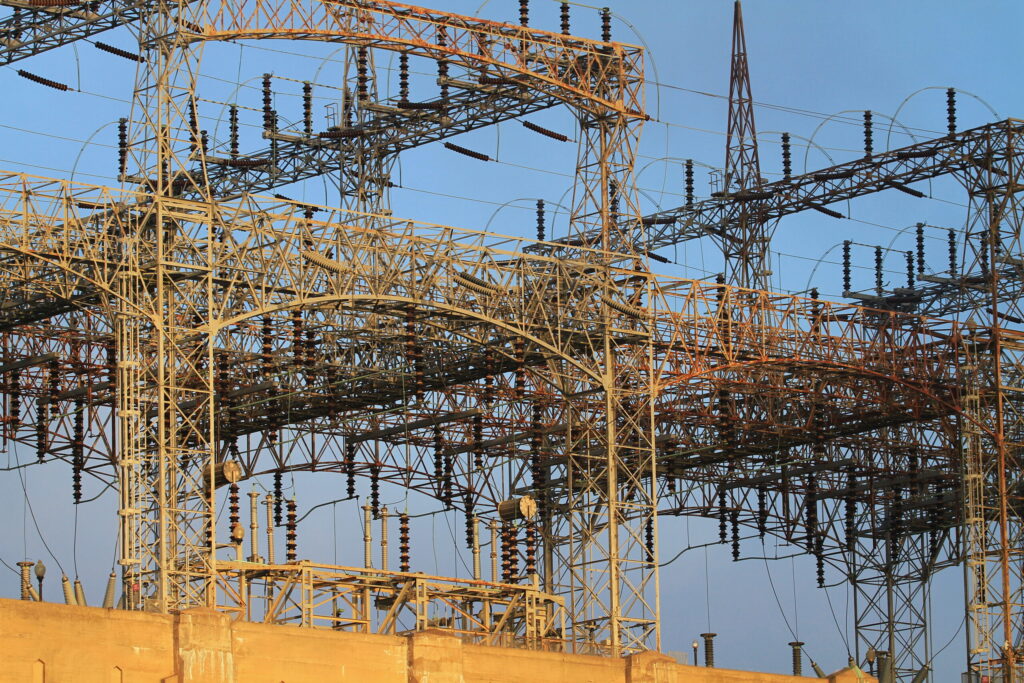Electrical infrastructure at the Conowingo Dam in Maryland. Photo by David Byron Keener/Getty Images.
Gov. Wes Moore (D) recently issued an executive order that will likely impact every facet of Marylanders’ lives. Before we delve into that, let’s look at the genesis of the order itself.
In 2022, the General Assembly passed the Climate Solutions Now Act that, among other things, set the nation’s most ambitious goal of cutting greenhouse gas emissions 60% from 2006 levels by 2031 and having “net zero” carbon emissions by 2045. For context, California and New York have reduction goals of 40% by 2030. Our neighbors in Pennsylvania set a goal of 26% by 2025 and Virginia does not have a near-term target (Source: Climate Xchange).
One thing the Climate Solutions Now Act did not include was a ban on the use of propane, natural gas or other fuels for cooking, heating, BBQs or fireplaces. That is because the legislature purposefully removed that provision from the bill as it was introduced. They understand that Marylanders depend on heating oil, propane and renewable fuels to heat their homes, take hot showers, cook and more.
But groups pushing a policy to “electrify everything” have come back each year since, attempting to limit consumer energy choice. And each year the General Assembly has rejected this dangerous and costly proposal.
Now the Moore administration has chosen to sidestep the legislative process with executive action. The order is titled “Implementing Maryland’s Climate Pollution Reduction Plan.” That plan includes many of the measures laid out in the order. It also includes a price tag of $1 billion per year in public sector investment. The timing of such a costly plan couldn’t be worse as credit rating agencies gave the state a “negative outlook” citing concerns over looming budget deficits.
The Mid-Atlantic Petroleum Distributors and Mid-Atlantic Propane Gas Associations filed comments on the plan last October. In them, we criticized the proposals we now see in the governor’s executive order. We pointed out that costs to consumers and businesses would likely be enormous. A concern the final plan implicitly validates with its own cost estimation.
Our members provide essential energy choices both directly and as a backup source to critical institutions such as colleges, schools, hospitals, farms and military bases. These are often small, family-owned businesses that employ hundreds of Marylanders and supply thousands of customers with the fuel needed to stay warm, fed and on the road. Pursuing the standards called for in the governor’s order not only puts these jobs at risk but it also forces customers and consumers into a sole-source energy policy: electrification.
All-electric requirements for space heating equipment artificially distort the energy marketplace in an anticompetitive manner and deny consumers the ability to choose the energy source that is most economic, convenient and preferable to their situation. The irony here is that proponents of full-scale electrification believe that electricity is a superior energy source, however they refuse to let it compete freely or fairly against other energy options in the marketplace.
Fuel switching to electricity has other embedded costs outside of the fact it costs more per unit of energy. Purchasing and installing new appliances and the necessary onsite electrical upgrades all add to the costs borne by consumers and customers. They are best served through choice and competition.
In a state like Maryland, often subject to extreme weather, the sole reliance on electricity is a danger and a mistake. MAPDA and MAPGA will continue to emphasize the importance of a diverse and balanced energy portfolio in Maryland. Our industries have been investing in product development, logistics and infrastructure for over 150 years and will continue to do so.
The post Calculating the costs of the governor’s energy order appeared first on Maryland Matters.

